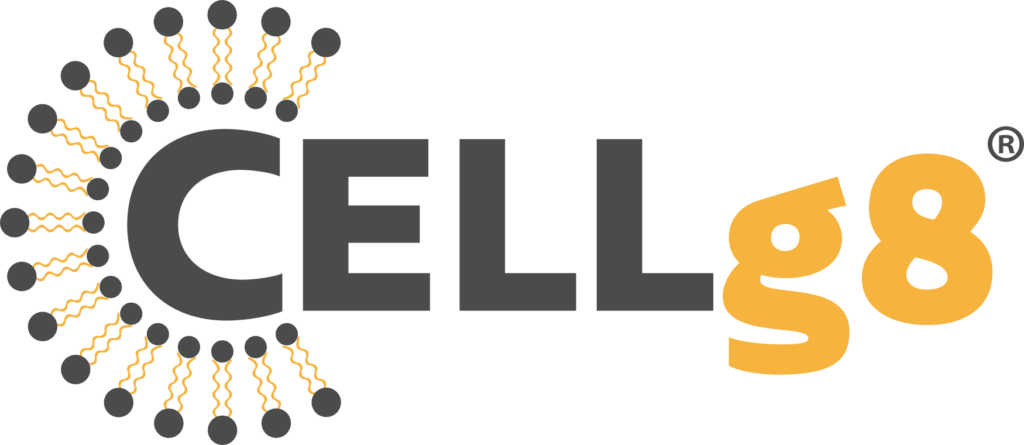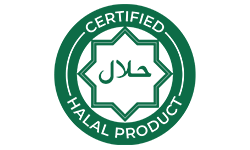Vitamins are essential organic compounds that are needed by our bodies in small amounts to maintain proper health and function. They play a crucial role in various physiological processes such as metabolism, immunity, and growth. With the increasing awareness of the importance of a balanced diet, the vitamin market has been growing steadily. However, the way consumers purchase vitamins has been shifting over the years, with different channels gaining or losing market share. In this article, we will explore the vitamin market share by channel from 2017 to 2025e.
Key Highlights
- Online channels are expected to gain significant market share in the vitamin industry, growing from around 20% in 2017 to over 30% by 2025e.
- Traditional retail channels such as supermarkets and drugstores still dominate the vitamin market, accounting for over 60% of the global market share in 2017.
- Direct selling channels and other channels, such as specialty stores, multi-level marketing, and direct-to-consumer channels, are still important channels for some consumers.
Traditional Retail Channels
Traditional retail channels such as supermarkets, drugstores, and health food stores have long been the dominant channels for purchasing vitamins. According to a report by Grand View Research, this channel accounted for over 60% of the global vitamin market share in 2017. While these channels are still popular, they have been losing market share to other channels in recent years.
Online Channels
With the increasing availability of the internet and the convenience of online shopping, more and more consumers are turning to online channels to purchase vitamins. Online channels include e-commerce websites, online marketplaces, and online health food stores. In 2017, online channels accounted for around 20% of the global vitamin market share. This is expected to grow to over 30% by 2025e, according to the same report by Grand View Research.
Direct Selling Channels
Direct selling channels involve selling products directly to consumers through independent distributors. Companies such as Herbalife, Amway, and Nu Skin are some examples of direct selling companies in the vitamin market. In 2017, this channel accounted for around 12% of the global vitamin market share. This is expected to remain relatively stable in the coming years.
Other Channels
Other channels include specialty stores, multi-level marketing, and direct-to-consumer channels. While these channels are not as significant in terms of market share, they are still important channels for some consumers. For example, specialty stores may offer a more comprehensive selection of vitamins than traditional retail channels.
In conclusion, the vitamin market share by channel has been shifting over the years, with online channels gaining the most ground. While traditional retail channels are still dominant, they are losing market share to online channels. Direct selling channels and other channels are expected to remain relatively stable in the coming years. As the vitamin market continues to grow, it will be interesting to see how these channels continue to evolve and adapt to changing consumer preferences.
Reference
Grand View Research. (2018). Vitamins Market Size, Share & Trends Analysis Report By Product (Vitamin B, Vitamin C, Vitamin D, Multivitamins), By Mode Of Consumption (Functional Foods & Beverages, Dietary Supplements), By Region, And Segment Forecasts, 2018 – 2025. Retrieved from https://www.grandviewresearch.com/industry-analysis/vitamins-market.







